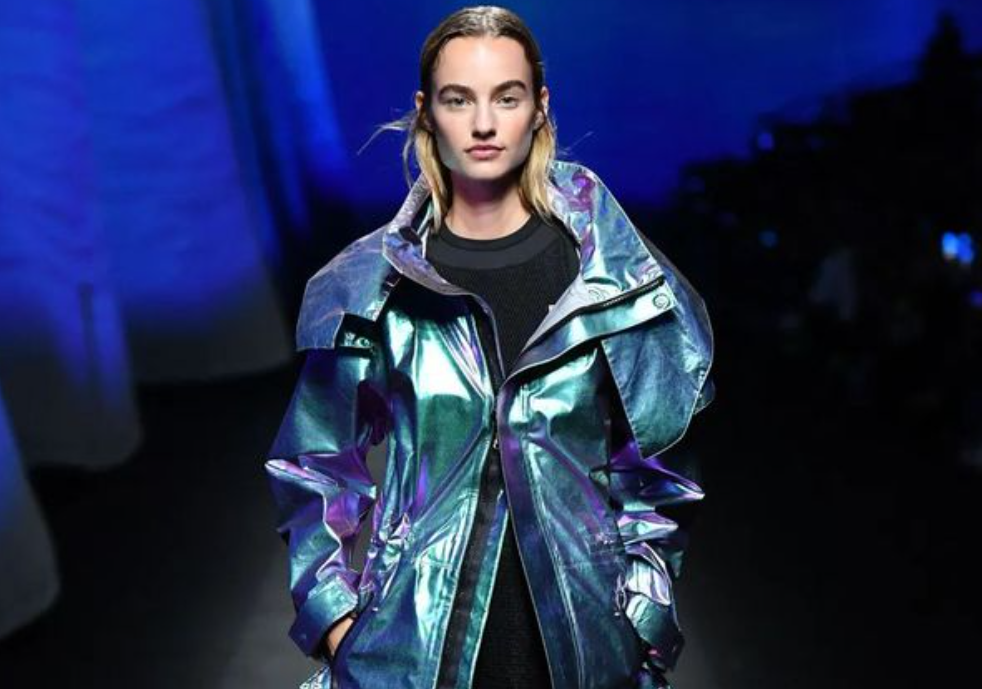
As the first exclusive Alexander McQueen fashion exhibition to land in Australia, the Los Angeles County Museum of Art (LACMA) and NGV have jointly created the exhibition, featuring important works from their respective collections.
More than 120 Alexander McQueen masterpieces, a large number of fashion show video clips, and backstage pictures taken by photographer Robert Fairer will be exhibited together with more than 80 historical and cultural exhibits such as paintings, sculptures, photography, etc., to reveal his touch and reflection on multiple fields in fashion creation.
Take a look at the stories behind some of the most controversial collections.
The exhibition is divided into four themes: "Myth", "Fashion Narrative", "Evolution and Existence" and "Technology and innovation".
The title of the exhibition "Mind, Myth, Muse", what deeper meaning or representation do these three words have for Alexander McQueen and the exhibition as a whole?In a broad sense, the title really reflects the approach we have taken in the exhibition, which is to focus on the work and to learn from it how McQueen worked creatively and what his inspirations were.
"Mind" in the title of the exhibition means to go inside his mind and understand what influenced him; "Mythos mythology" is a reflection on existing mythologies, whether religious or cultural; "Muse" is a combination of his creation, observing the way he responds to things and others.
The particularity of McQueen's creative process is to look outside, bring things in, absorb a lot of references, and then project it to the outside world in his own unique way, in a story or narrative that we can understand.
So, this show is about tapping into those things that are inside, and at the same time presenting them on the outside, which is, I think, part of his practice.
In recent years, there have been endless biographies and documentaries about McQueen. What are the characteristics of this theme exhibition?
There have been a number of recent biographies and films that have told McQueen's life and told his story in a time-linear way.
The real purpose of this exhibition is to take you deep into the collection, with themes such as "Myth", "Fashion narrative", "Evolution and Existence", "Technology and innovation", grouping collections with similar themes, allowing us to really see the richness of meaning and story levels in each collection.
Instead of looking at a single famous work, what you see in this exhibition is a collection of five or seven works in a series, sometimes even a dozen works.
That way you can get a feel for what he's trying to say in the show, you can see the color palette change, how the print evolves, or the emotional tone change, go into it and really look at the details.
I think what we are most eager to communicate with the audience is to make them really look at the work, not the story of the biography, really look at what he wants to tell us.
The approach we took was able to show that his technique and innovation, including his apprenticeship in Savile Row, meant that he knew a lot about how to create a dress, how to cut a dress, how to modify a silhouette.
While working at Givenchy, he added even more incredible skill to the design.
So, in addition to telling stories, the exhibition can really let everyone see his masterful side as a designer.
Did you encounter any difficulties in the process of co-organizing the exhibition? Are there any new or different experiences?

